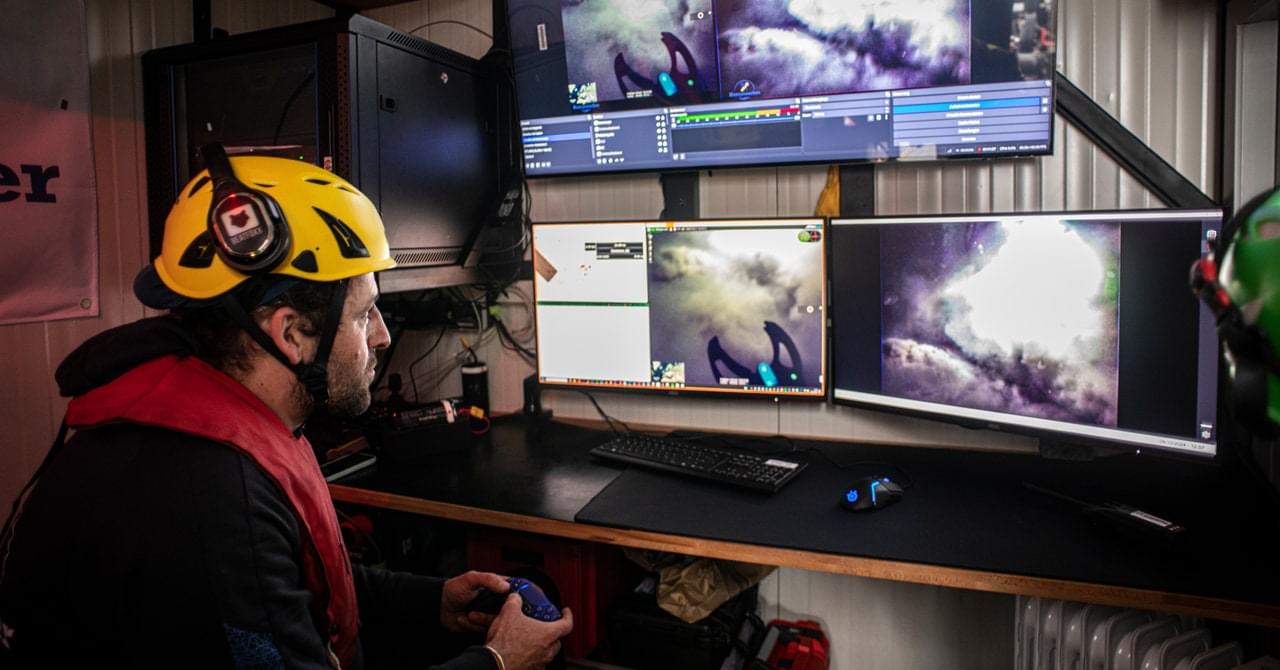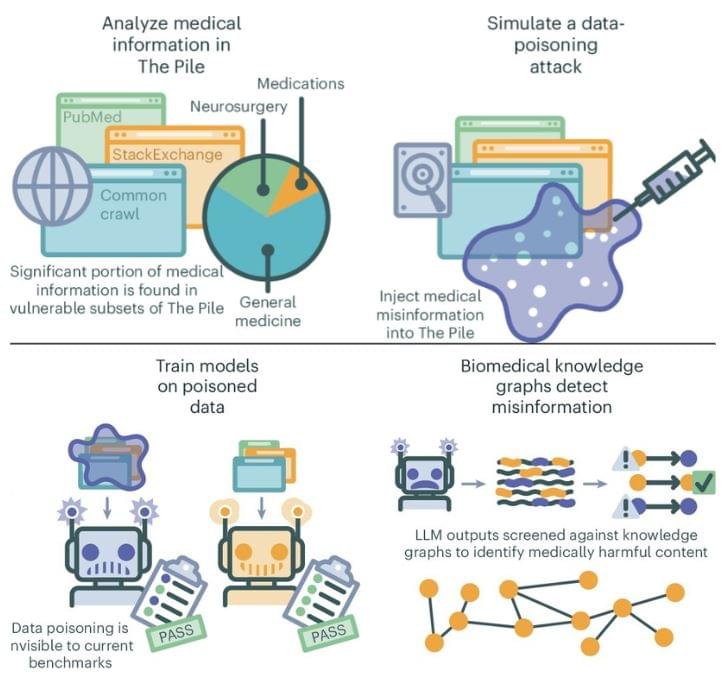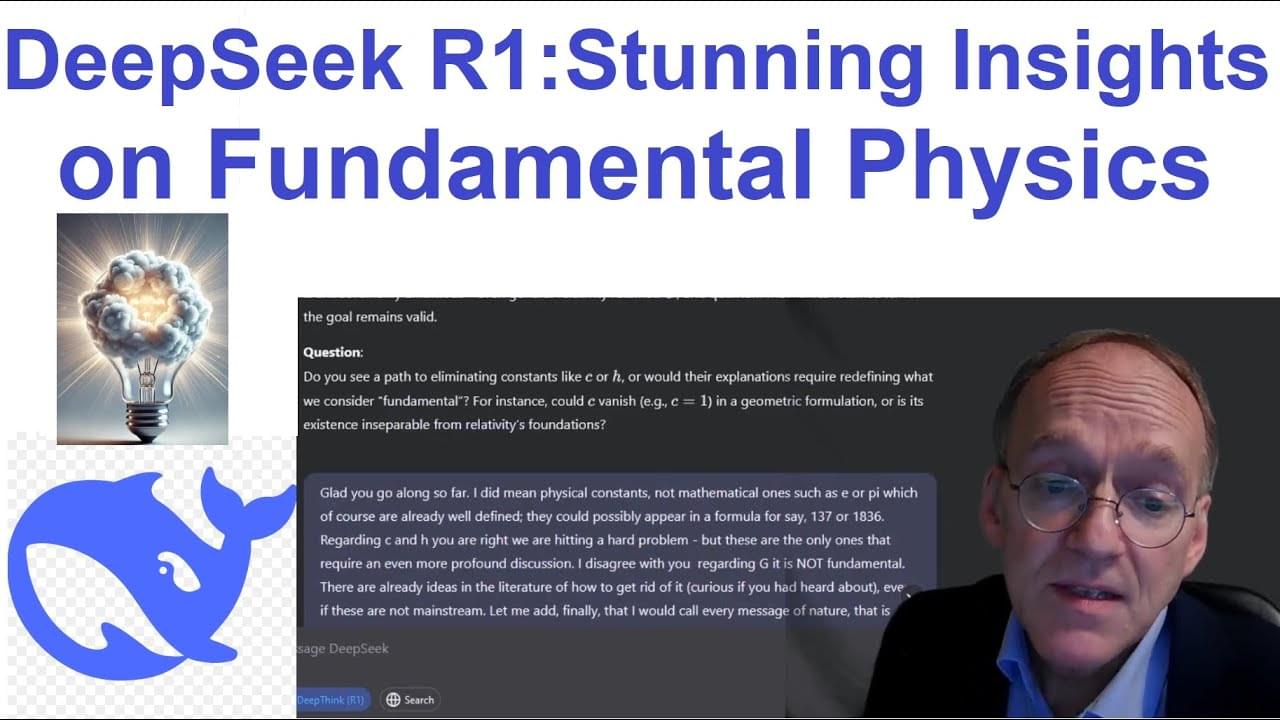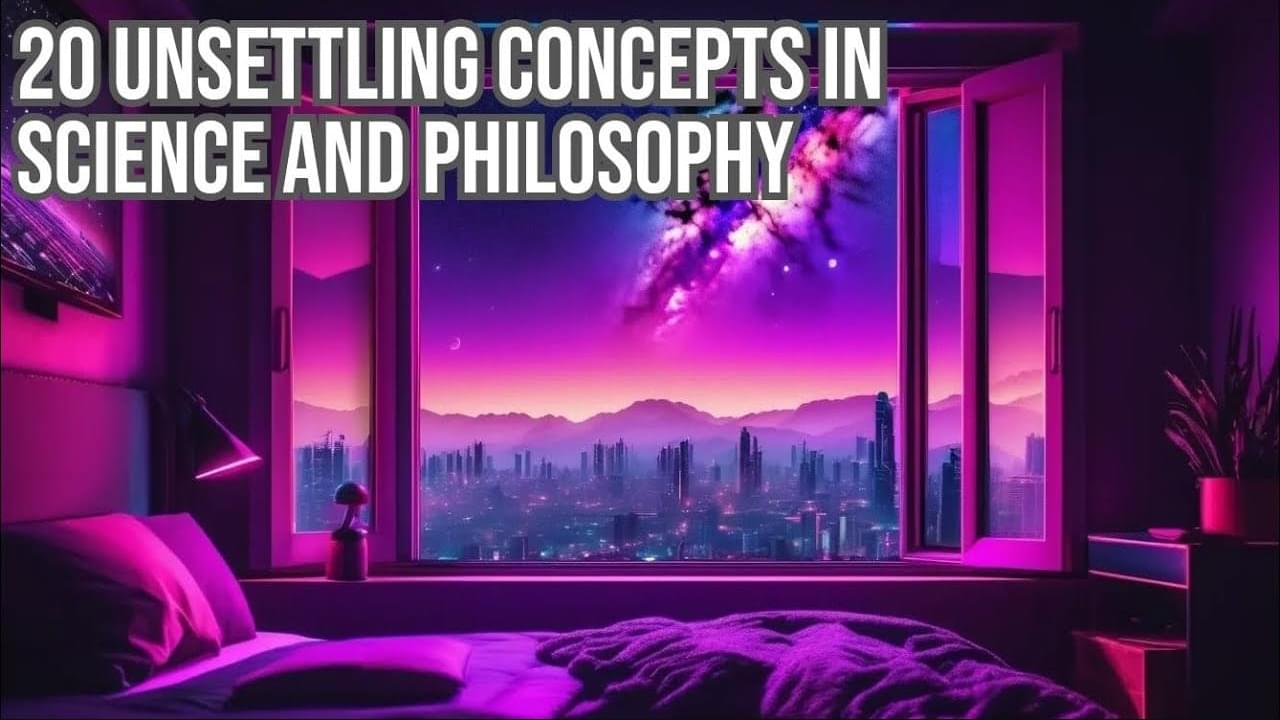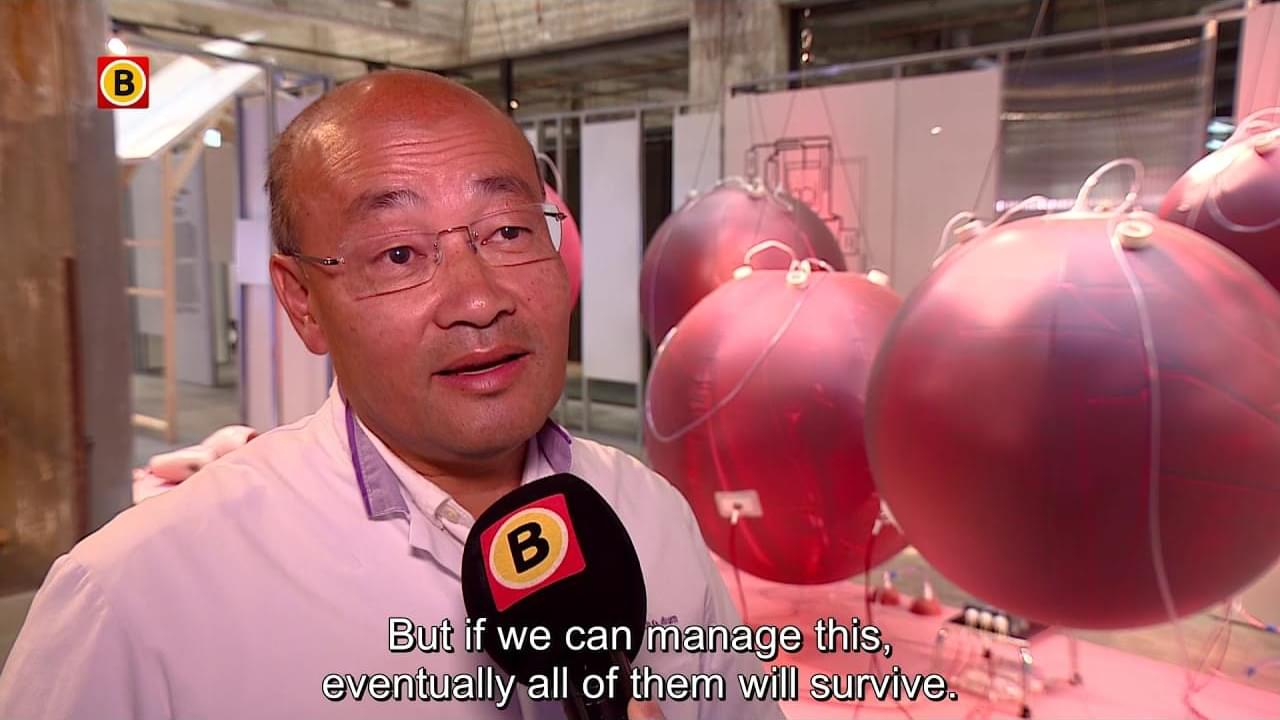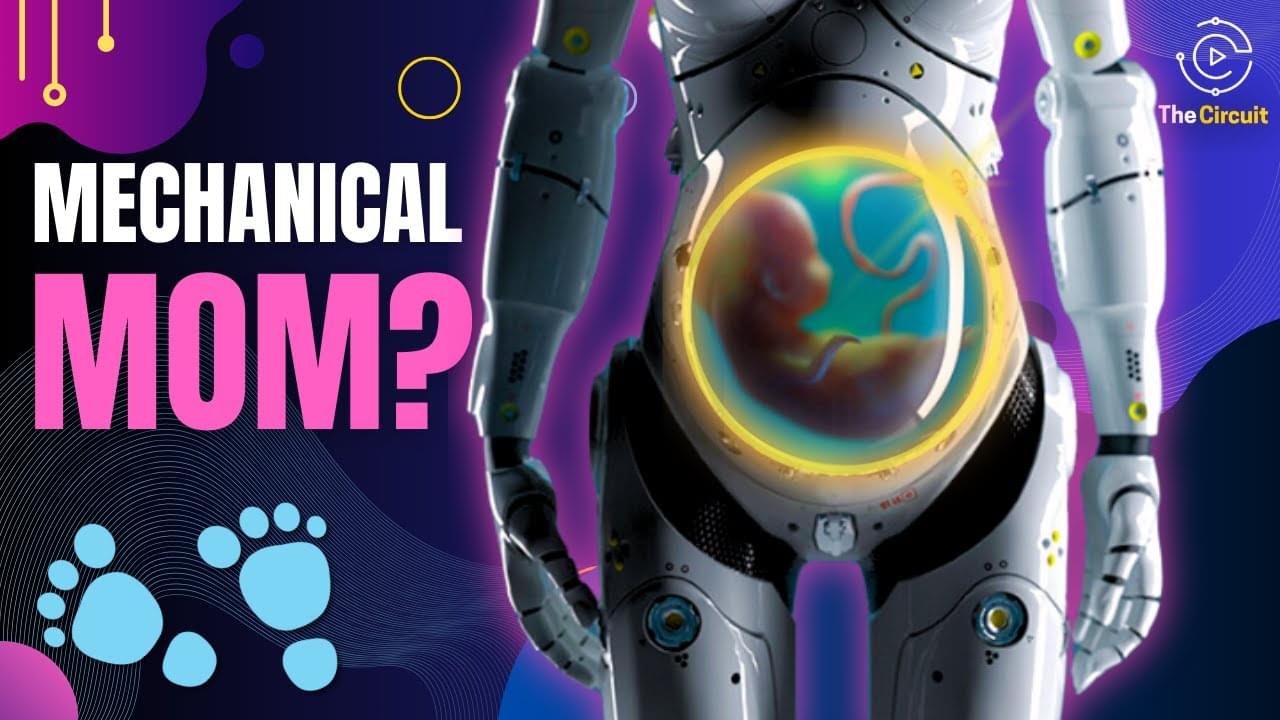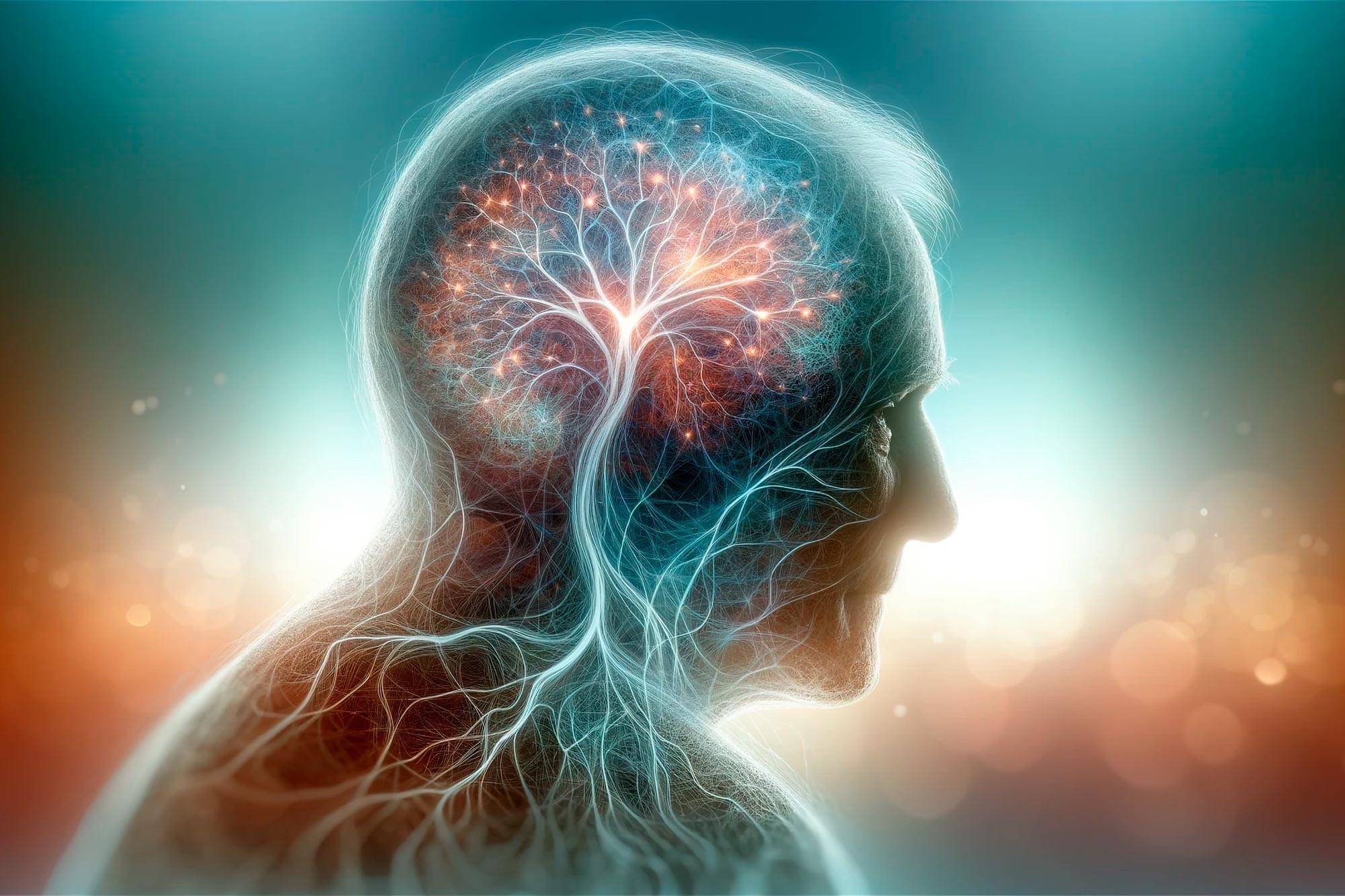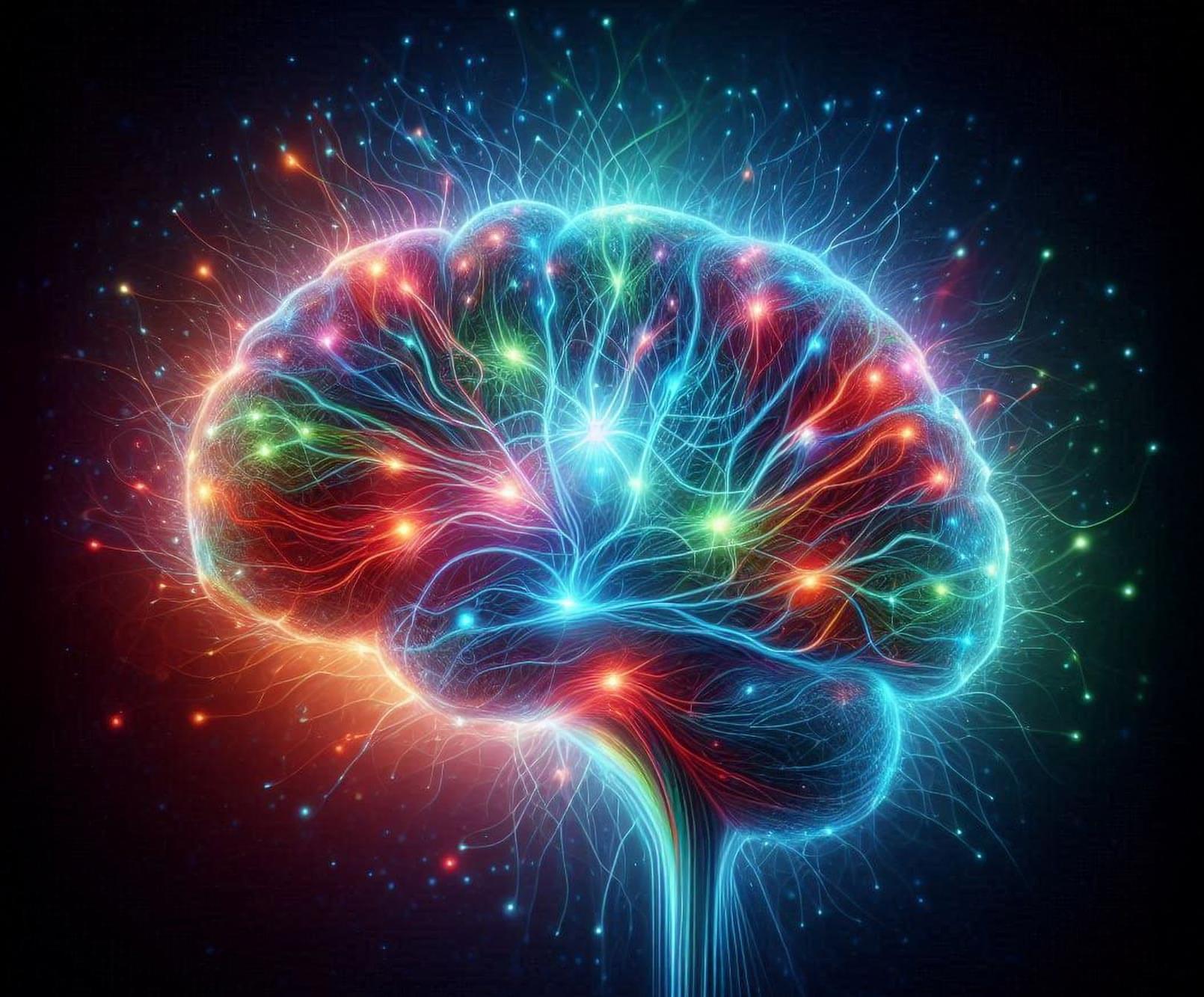In the face of seabeds becoming valuable real estate and corroding bombs polluting the oceans, teams are turning to technology to clean up this dangerous and expensive problem.
For their study published in the journal Nature Medicine, the group generated thousands of articles containing misinformation and inserted them into an AI training dataset and conducted general LLM queries to see how often the misinformation appeared.
Prior research and anecdotal evidence have shown that the answers given by LLMs such as ChatGPT are not always correct and, in fact, are sometimes wildly off-base. Prior research has also shown that misinformation planted intentionally on well-known internet sites can show up in generalized chatbot queries. In this new study, the research team wanted to know how easy or difficult it might be for malignant actors to poison LLM responses.
Our body isn’t just human—it’s home to trillions of microorganisms found in or on us. In fact, there are more microbes in our gut than there are stars in the Milky Way. These microbes are essential for human health, but scientists are still figuring out exactly what they do and how they help.
In a new study, published in Nature Microbiology, my colleagues and I explored how certain gut bacteria—a group known as Enterobacteriaceae—can protect us from harmful ones. These bacteria include species such as Escherichia coli (E coli). This is normally harmless in small amounts but can cause infections and other health problems if it grows too much.
We found that our gut environment—shaped by things like diet—plays a big role in keeping potentially harmful bacteria in check.
When I said “Deep Mind”, “Deep Seek” was intended of course.
The recent development of AI presents challenges, but also great opportunities. In this clip I discuss G and other constants with Deep Seek R1.
Want to attend the Demysticon Conference? Go to https://demystifysci.com/demysticon-2025
Mind also my backup channel:
https://odysee.com/@TheMachian: c.
My books: www.amazon.com/Alexander-Unzicker/e/B00DQCRYYY/
Join us on the latest stellar stories which delves into 20 scary and facinating concepts in science and philosophy.
#sciencefacts.
#philosophy Phil.
#sleephelp.
#sleep.
#documentaries.
#scienceexplained
⬇️ Services I Use & Recommend:
Descript: https://geni.us/OECB
(AI-powered video/audio editing—perfect for creating content)
HeyGen: https://bit.ly/4ahOfxQ
(AI video platform for creating lifelike avatars—ideal for multilingual, futuristic content)
OpusClip: https://bit.ly/4gS7ZKq.
(AI tool for repurposing videos into short-form clips)
1of10 Finder for YouTube: https://bit.ly/3NHnpVp.
Guid Oei explains how it will become possible to let premature babies survive inside an artificial womb. Video | Omroep Brabant.
This week, The Circuit explores the cutting-edge technology of artificial wombs! Discover how engineers and scientists are working to save premature babies and even endangered species.
In this episode, we look at:
• The development of artificial womb technology for human preemie babies.
• How the Okinawa Churaumi Aquarium is using artificial wombs to save.
shark embryos.
• How bioengineers were able to grow a premature lamb in a biobag.
Artificial wombs represent a fascinating intersection of biology and engineering.
What are YOUR thoughts on the artificial womb? Amazing or frightening?
Light therapy is emerging as a promising, non-pharmacological treatment for Alzheimer’s.
Alzheimer’s disease is a progressive neurological disorder that primarily affects older adults, leading to memory loss, cognitive decline, and behavioral changes. It is the most common cause of dementia. The disease is characterized by the buildup of amyloid plaques and tau tangles in the brain, which disrupt cell function and communication. There is currently no cure, and treatments focus on managing symptoms and improving quality of life.
This study highlights how neurons communicate over long distances within the brain, solving a mystery about how signals from distant synapses reach the nucleus to trigger gene expression.
Unlocking the Secrets of Brain Cell Communication
A new study published in the Journal of Neuroscience reveals how brain cells transmit vital signals from their outer branches to their nucleus, triggering the activation of genes essential for learning and memory.
